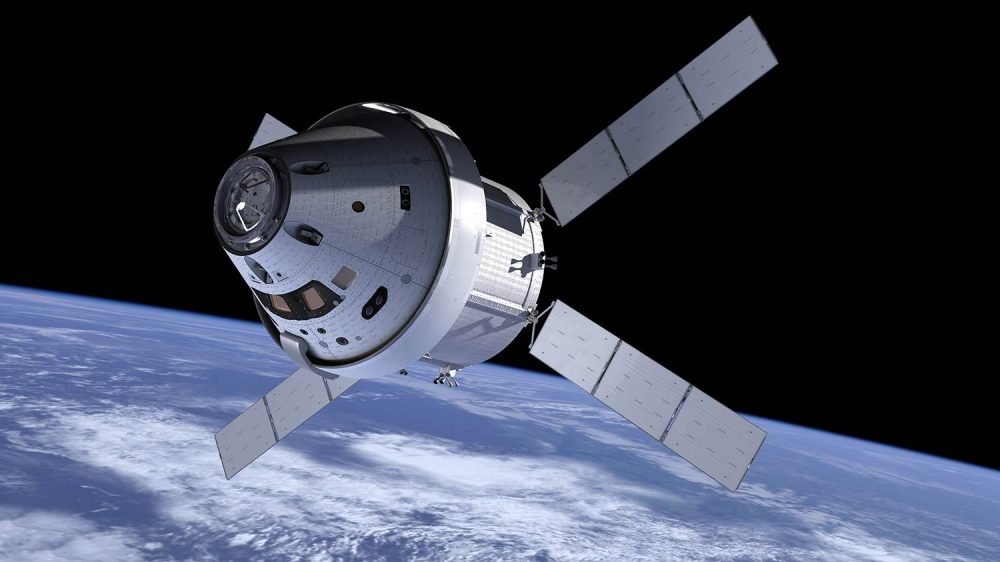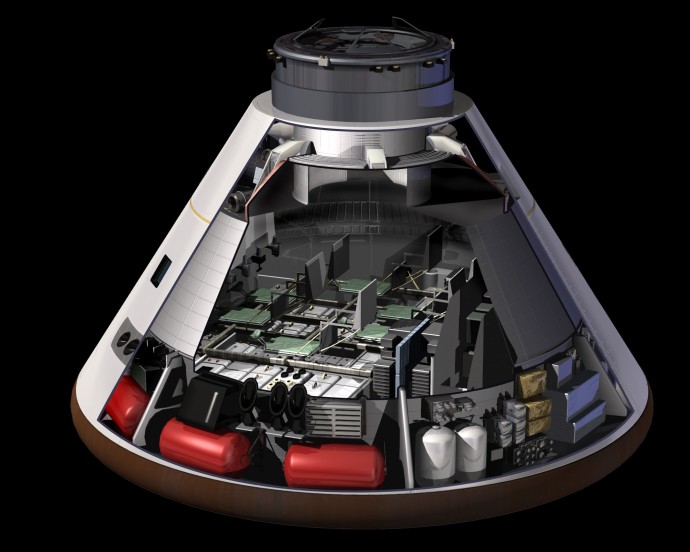NASA’s Orion, The Spacecraft Capable of Carrying Humans Gets a Lift-Off

It has been a long, long while since the human species have left the confines of the planet and its lower Earth orbit. During the peak of space-age, the folks thought we could reach Mars by the 80s, but it is 2014 and our biggest achievement on the red planet is landing an SUV size robot to further our “Curiosity” about the planet. But now we are ready to take the next step. Today, the long-awaited test flight of the Orion spacecraft was finally scheduled after the cancellation yesterday because of some technical issues. As of 05:35PM IST(7.05am ET) the spacecraft has made a successful launch atop a Delta IV Heavy rocket, and will orbit the earth for a four-and-a-half-hour duration.
The launch live streamed on NASA TV, and it relayed some spell-bounding visuals of Earth from the spacecraft. The spacecraft will travel to a distance 5,800km above the surface of Earth. No astronaut capable spaceship has gone this far in decades.
The mission will be testing the capabilities of the spaceship to reach deep space while preserving the lives of the precious human cargo inside it. There is a lot of radiation in the interplanetary space which we are spared from, thanks to the natural shield that the earth has around it, which makes it life compatible. This flight will assess if the 16ft wide heat shield and the protection will prevent the pernicious radiation from seeping in and causing harm to the astronauts during their long journey to Mars. Nasa will also test the emergency abort function which can save the lives of the astronauts on board in case of a faulty launch.
The spacecraft while returning back to earth will travel at a blazing speed of 27359 km/h. The capsule will then separate and return to earth and will drop into the Pacific by the coast of southern California. While returning to earth, it will face scorching temperatures of about 2,200 degree Celsius. There are more than 1000 sensors on board that will constantly analyze the health status of the craft. While falling towards the ocean, the craft will deploy three massive parachutes that will slow it down before its deep impact in the ocean.
The unmanned mission does carry some human elements inside. Nasa has packed in a Tyrannosaurus rex fossil, poems by Maya Angelou, Gustav Holst’s The Planets and many artifacts from the TV program Sesame Street.
The test flight costs $375 million which is about five times the cost of India’s Mars Orbiter Mission, though it’s an imprecise comparison. NASA has planned for a second test flight for 2018 and a possible orbital mission to the Moon in the 2020s. If everything goes right, Orion could be our ride to the red planet and maybe some Asteroids in the 2030s.
We are species who need a horizon to grow. This sedentary life of jobs, living in the city, mass consumerism has become boring. Mars is our next horizon. At heart we are wanderers and having conquered planet Earth; it’s time to look up, and it’s great to see NASA stand up to the promise it was set up on. The agency has battled severe budget cuts and an unfriendly legislative body to reach its goal. NASA is a commendable organization, and it should be applauded for getting ready to take the next step in the human journey. Now all we need to do is not destroy ourselves fighting unnecessary wars, instead spending those resources in science and furthering the interests of us, the Earthlings as a whole.
























